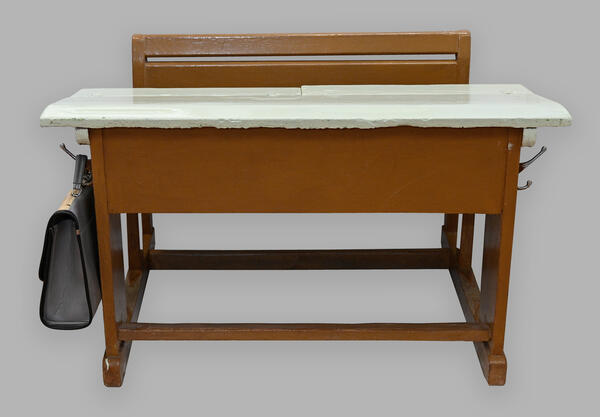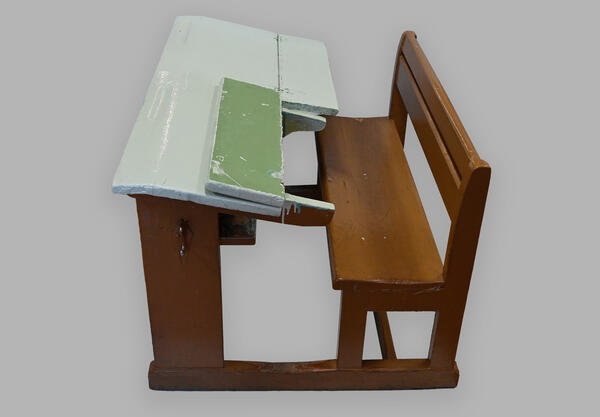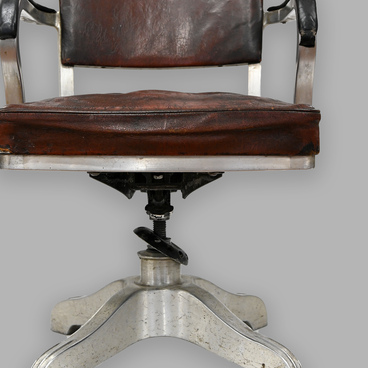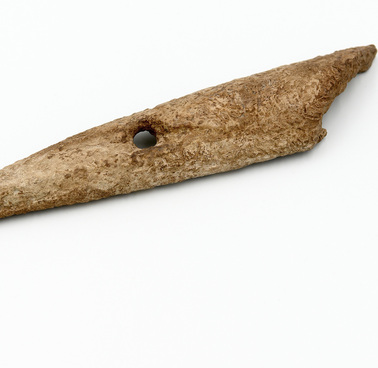The exhibition of the Polyarny Museum of History and Local Lore presents a desk familiar to every Soviet schoolchild. This exhibit was used for more than 35 years for its intended purpose at school No. 2 in Polyarny.
The desk consists of a wooden bench connected to a table with an inclined table top and a footrest. The Swiss hygienist Friedrich Erismann was the designer of this desk. Having researched and analyzed the direct correlation between the development of eye and spine diseases and the position of those sitting at the table, he created a unique design that provides the most comfortable conditions for learning to write, draw and read. He found out that the optimal distance between the eyes and a page of the text is 30–40 cm at a right angle. For this purpose, the tabletop was tilted to a certain degree. The back of the school desk helped support the lower back, the legs were elevated by the foot stand, the bench and the tabletop were securely attached making it extremely hard to break. Initially, desks were made exclusively of oak. Later, thick coniferous wood was used. The desks came in four sizes to accommodate for different age groups.
In
Russia, the design of the Erismann desk was improved. Pyotr Korotkov, a student
from the Urals, substantially modified Erismann’s original design, and
Korotkov’s “gold standard” desk was used in schools for the next 150 years. His
version gained another seat as many schools were poor —
in rural schools there were much fewer textbooks than children. By using desks
with two seats, the pupils could sit side by side and share the textbook.
Additionally, he provided the desk with a hinged top and arranged grooves for
pens, pencils and a recess for an inkwell. The students could store books and
notebooks in the storage compartment provided by the hinged top. The desk also
came equipped with a hanger-hook for a briefcase. The design had several
obvious advantages: there were no sharp corners, fasteners did not protrude,
reducing the risk of injury to zero. In addition to
that, the bench could not be moved away from the desk which helped the student
maintain correct posture. In the USSR, such desks were made with regular
carpentry tools.






